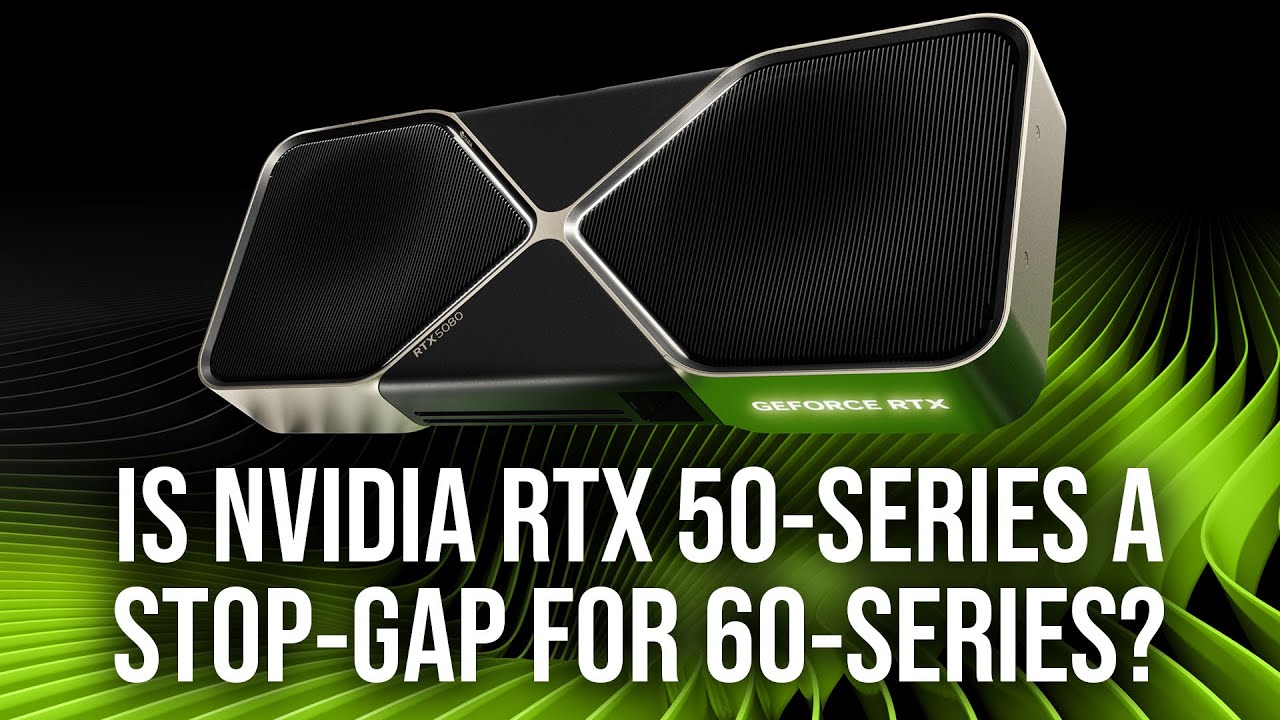The discussion critiques Nvidia’s 5000 series graphics cards as a potential stop-gap measure before the anticipated 6000 series, highlighting limited performance improvements due to the same manufacturing node and hardware constraints. Speakers express hope for significant advancements with the upcoming 6000 series, while emphasizing the growing importance of software innovations in driving future GPU performance.
The discussion revolves around Nvidia’s 5000 series graphics cards, which some believe may be a stop-gap measure before the anticipated 6000 series. The speakers suggest that Nvidia likely released the 5000 series knowing that the performance uplift would not be significant due to the use of the same manufacturing node, which limits the ability to increase transistor density and logic improvements. They draw parallels to previous generations, noting that the transition from the 20 series to the 30 series saw substantial performance gains, while the 5000 series feels underwhelming in comparison.
The conversation highlights the challenges Nvidia faced in releasing the 5000 series, including limitations in hardware enhancements and ongoing driver issues that have frustrated users. The speakers express concern that the current lineup does not justify a full generational upgrade, questioning whether Nvidia should have considered alternative improvements, particularly in memory capacity and speed. They argue that the lack of significant advancements in hardware has made the 5000 series feel less compelling.
There is speculation about the potential for a more substantial performance uplift with the upcoming 6000 series, which is expected to utilize a new 3nm manufacturing process. The speakers hope that this new technology will yield better efficiency and performance compared to the current generation. However, they temper expectations by suggesting that while improvements are likely, they may not reach the same level as the leap from the 30 series to the 40 series, which benefited from multiple node transitions.
The discussion also touches on the evolving relationship between software and hardware in driving performance improvements. As the cost of scaling up GPUs rises, the speakers suggest that future advancements will increasingly rely on software innovations, such as DLSS and frame generation. They emphasize the importance of game developers adopting these technologies to ensure that performance gains are realized across the board, highlighting the need for broader support for these features in upcoming titles.
Finally, the speakers reflect on the competitive landscape in the GPU market, noting that both Nvidia and AMD appear to be facing similar challenges, potentially due to external factors like fabrication capabilities. They suggest that the current generation may represent a holding pattern, with future innovations likely requiring a balance between hardware advancements and software enhancements. The conversation concludes with a recognition that competition is crucial for driving innovation in the industry, and that the trajectory of GPU development may increasingly mirror that of CPUs in terms of generational performance improvements.
